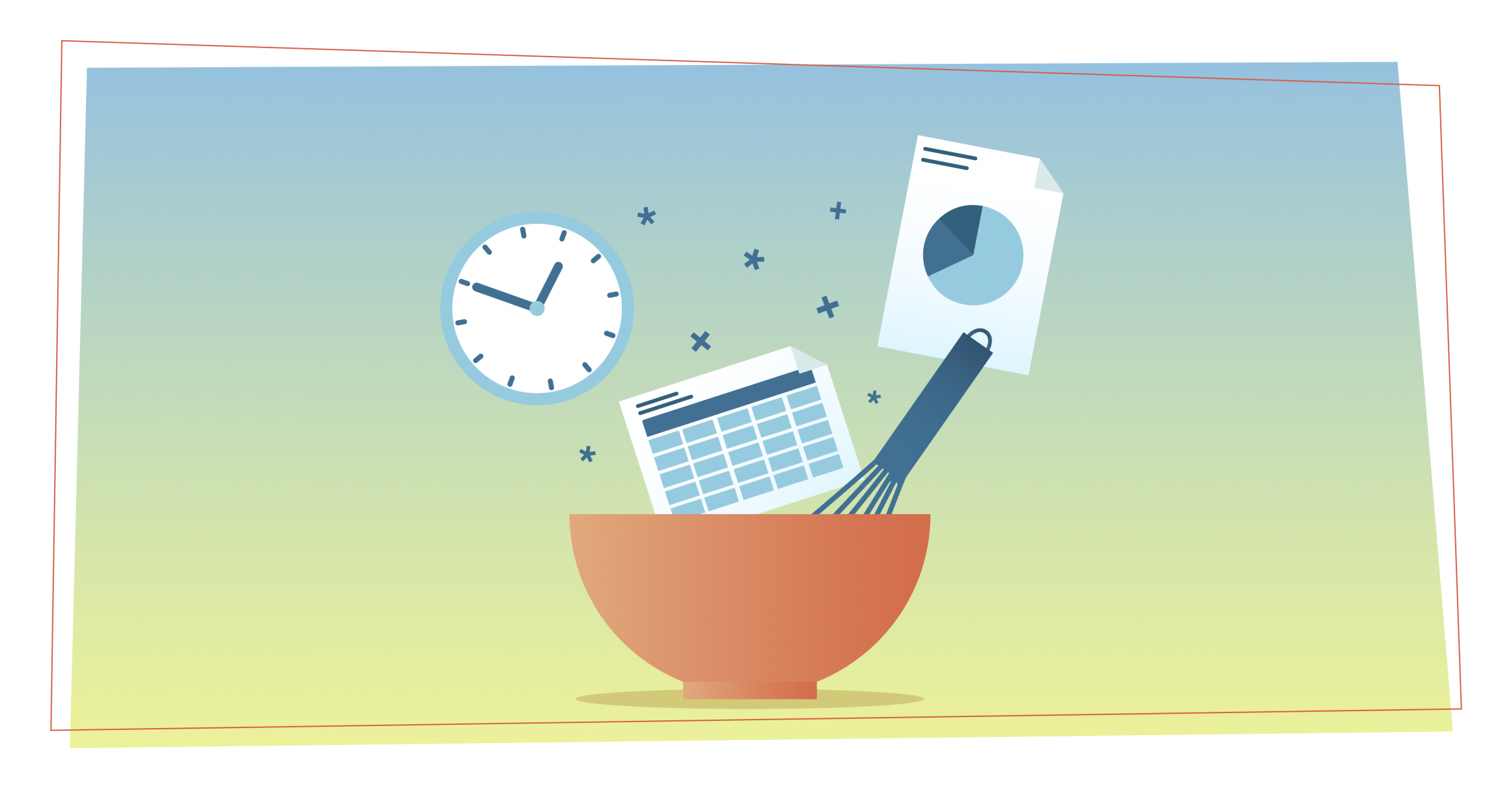Streamline Your Operations for Success: How Jonathan Saeidian Went From $2,000 to a 7-Figure Business
Business
Five years ago, Jonathan Saeidian was working for a marketing agency in Los Angeles as a salesman, struggling to make his first sale. In his first four months, he hadn’t managed to close a deal. Instead of giving up, Jonathan threw himself into his work.
Within six months, he had become the top salesman in the agency. But during the course of his brief tenure, Jonathan realized something important about the agency industry: The operations were extremely outdated and clients ended up footing the bills for these inefficiencies.
He knew he could do better.
His solution? To bootstrap a lean and efficient agency with a modern structure that benefited both the agency and its clients.
With just $2,000 in his pocket, Jonathan set out to develop Brenton Way, his own digital marketing agency. Today, that same agency is now a seven-figure business.
In our recent episode of the Cash Flow Show, Jonathan took us through his journey to success and how cash flow allows him to provide value to clients.
Streamline operations
Jonathan’s goal to reform the agency model was rooted in two primary issues he noticed in the agency world:
Internal and client communications contained redundancies and inefficiencies, mainly due to a lack of technology.
Clients ended up paying for activities that brought them no value.
In order to remedy these two issues, Jonathan decided to focus entirely on operations for the first few years rather than grow his team. He also reinvested in creating original technology for his agency.
“If you truly understand the entire cost of an item or a service, you can use that in your sales tactics and how you sell that item”
Focusing on creating efficient frameworks had the added bonus of reducing the client’s price point and finding Breton Way’s market fit, which Jonathan has turned into his business strategy.
“If you truly understand the entire cost of an item or a service, you can use that in your sales tactics and how you sell that item,” says Jonathan.
Jonathan has been able to differentiate his business through tracking the baseline of his expenses.
For example, if you provide a marketing service and know the operational cost is $500 and you’re selling it for $1,000, and you remove $300 for taxes, you know that $200 is left for potential marketing revenue.
Projecting your costs allows you to price appropriately and maintain a budget for attracting new clients.
“So if you have that financial ability to really break down your entire cost model, you can really use it to leverage your promos and incentives,” says Jonathan. “And this allows you to really kick out competitors. And that's something we've done.”
Scale with a purpose
One decision that Jonathan made early on was to scale slowly.
“We literally spent like the first three years under $100,000, $200,000 in quarterly revenue. I'll say on purpose,” says Jonathan. “Most agencies don't succeed because they don't have the right infrastructure to scale.”
While the team at Brenton Way made sure to adapt to the influx of leads, they stayed focused on developing a functional and streamlined framework before taking their business to the next level.
An agency needs new team members and resources to scale successfully, and onboarding people or technologies too quickly can result in miscommunication and inefficiencies. Once issues start cropping up, these costs ultimately end up getting passed down to the end client, which Jonathan wanted to avoid.
“Most agencies don't succeed because they don't have the right infrastructure to scale.”
“We focused on eliminating these potential inefficiencies. That way, we don't have to charge a huge retainer to the client,” says Jonathan. “And I think that's a huge benefit. Because if you are affordable, clients are more likely to stay. You can eventually take on more clients.”
It was critical for Jonathan and his team to scale with intention rather than deal with uncontrolled and potentially destructive growth.
Focus on dominating
In addition to working on frameworks, Jonathan wanted to bring their marketing technology in-house. While it can be more cost-effective to outsource technology solutions, such as tools for ad campaigns or social scheduling, Jonathan realized he could use proprietary technology as both a key differentiator and operational tool.
“I tell my team that we don't compete, we dominate. We don't consider ourselves in any sphere as most of our competitors,” says Jonathan. “Because we build our own technology.”
For example, Jonathan has reinvested in his team’s technology to develop a customized and centralized dashboard to view ad campaigns, analytics, and other marketing essentials. The upfront costs of developing the technology were blips when it came to reviewing its ROI.
“These elements allow us to be a product, not just a service,” says Jonathan. “And I think when you bring those two together, that's our goal in the next five years is to be a product-focused agency. Where when you have to choose between us and another agency, we bring so much value that it's not even a competition.”
Keep track of your cash flow
To scale Brenton Way, Jonathan broke down his costs in order to understand when to scale, how to streamline operations, and how to reinvest in the business. Reviewing his cash flow ultimately allowed him to combine more competitive prices with high-value services.
If you want to grow your agency efficiently, it’s clear that keeping track of your cash flow is the way to go. With Pulse, you can efficiently manage your cash flow for multiple projects or clients and organize that granular data into reports and projections. Try it out free for 30 Days and get a better grasp on your cash flow.